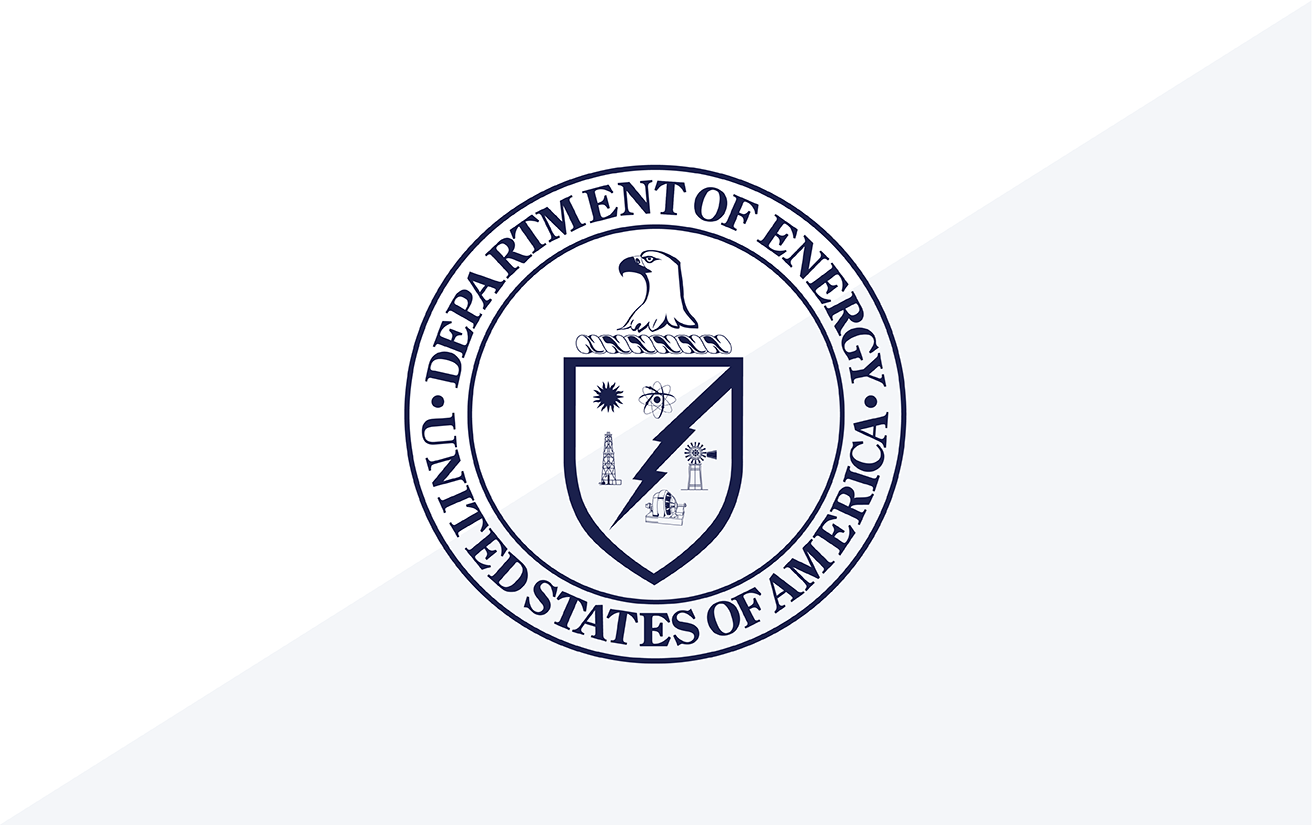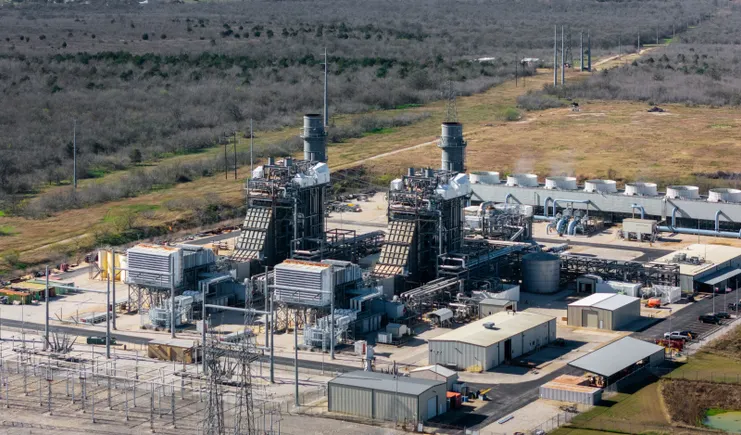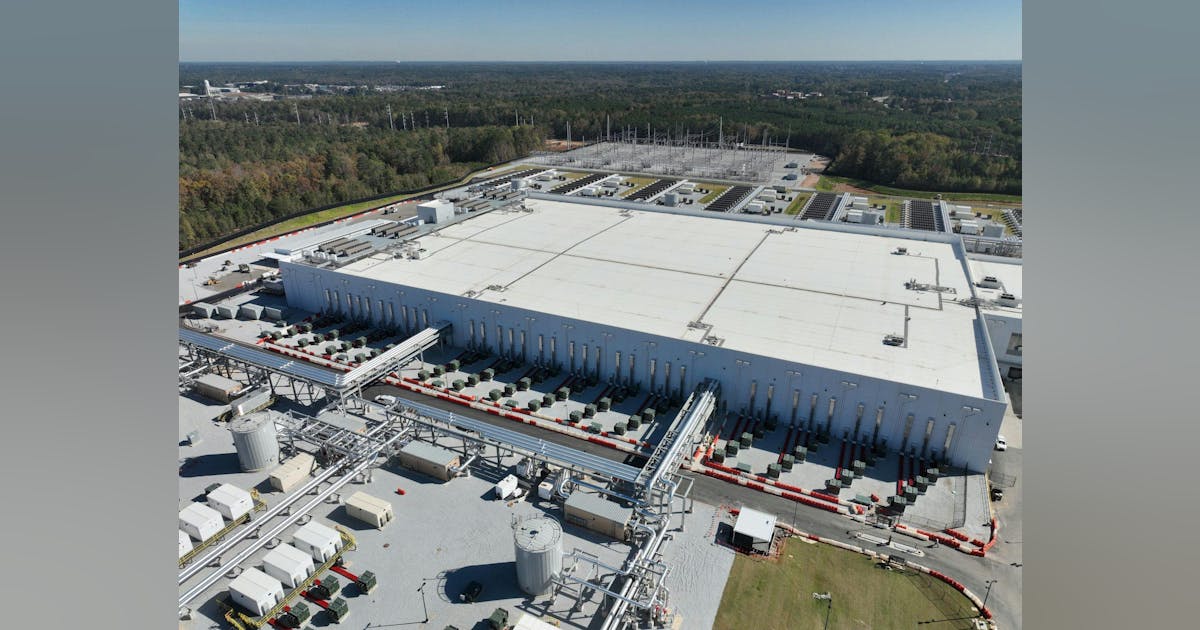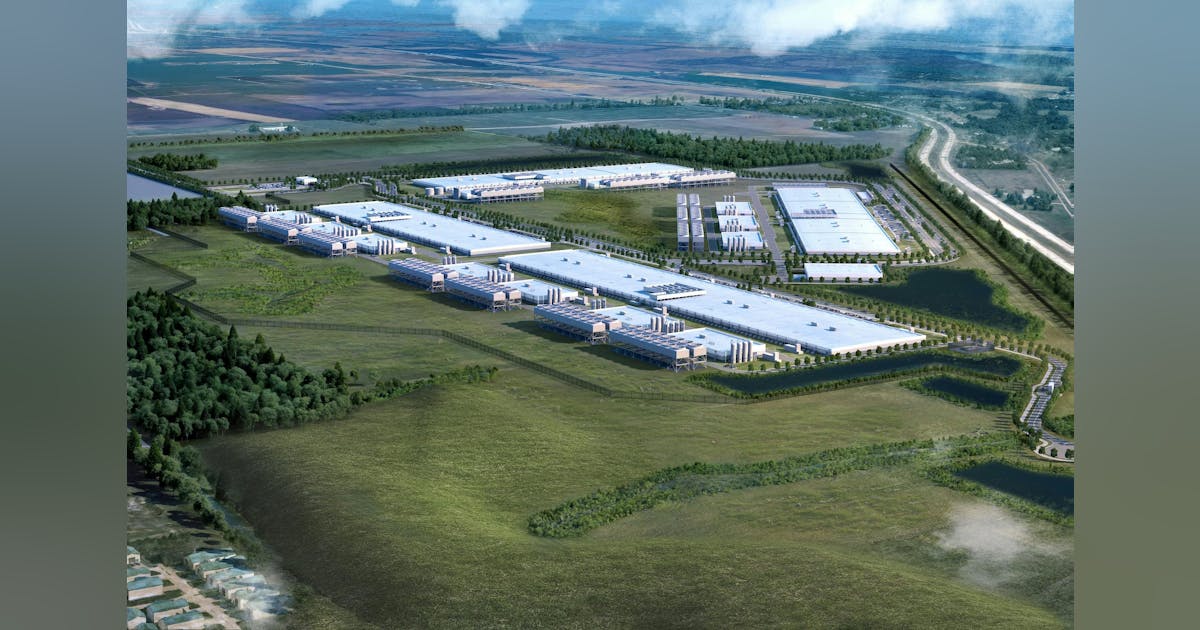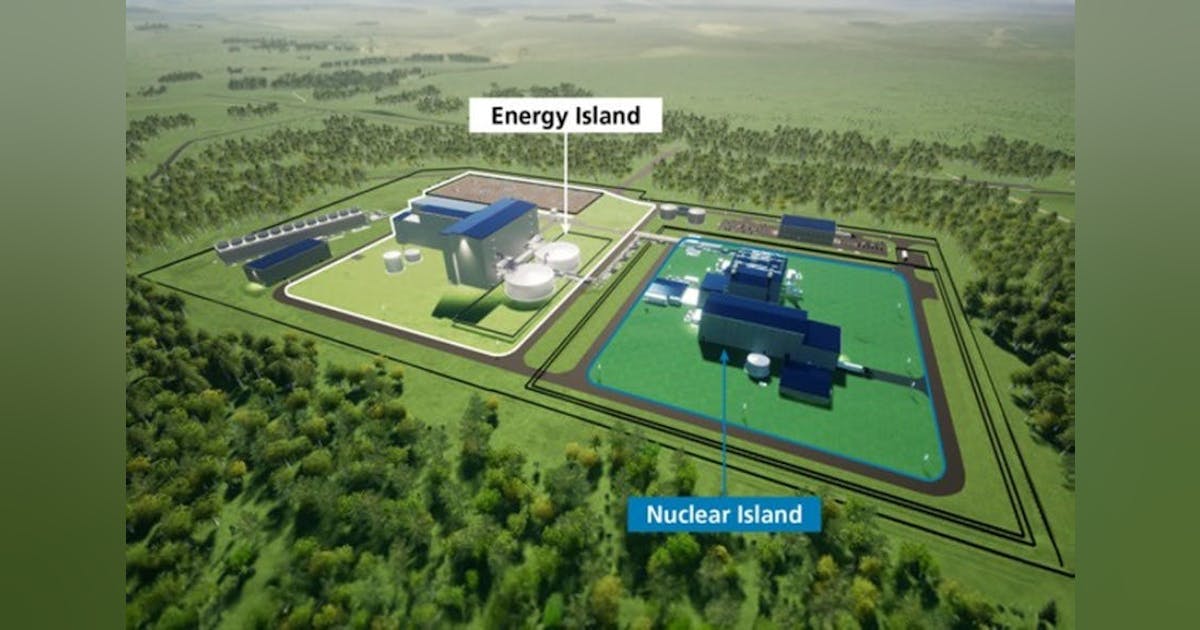
The Biden administration has finalized rules for a tax incentive promoting hydrogen production using renewable power, with lower credits for processes using abated natural gas.
The Clean Hydrogen Production Credit is based on carbon intensity, which must not exceed four kilograms of carbon dioxide equivalent per kilogram of hydrogen produced. Qualified facilities are those whose start of construction falls before 2033. These facilities can claim credits for 10 years of production starting on the date of service placement, according to the draft text on the Federal Register’s portal. The final text is scheduled for publication Friday.
Established by the 2022 Inflation Reduction Act, the four-tier scheme gives producers that meet wage and apprenticeship requirements a credit of up to $3 per kilogram of “qualified clean hydrogen”, to be adjusted for inflation. Hydrogen whose production process makes higher lifecycle emissions gets less.
The scheme will use the Energy Department’s Greenhouse Gases, Regulated Emissions and Energy Use in Transportation (GREET) model in tiering production processes for credit computation. “In the coming weeks, the Department of Energy will release an updated version of the 45VH2-GREET model that producers will use to calculate the section 45V tax credit”, the Treasury Department said in a statement announcing the finalization of rules, a process that it said had considered roughly 30,000 public comments.
However, producers may use the GREET model that was the most recent when their facility began construction. “This is in consideration of comments that the prospect of potential changes to the model over time reduces investment certainty”, explained the statement on the Treasury’s website.
“Calculation of the lifecycle GHG analysis for the tax credit requires consideration of direct and significant indirect emissions”, the statement said.
For electrolytic hydrogen, electrolyzers covered by the scheme include not only those using renewables-derived electricity (green hydrogen) but also those using nuclear power (pink hydrogen).
The statement noted, “The final rules maintain the proposed requirement that EACs [Energy Attribute Certificates] meet the temporal matching requirement if the electricity represented by the EAC is generated in the same hour as a hydrogen facility uses electricity to produce hydrogen”.
“The final rules extend the transition allowing annual matching rule two additional years relative to the proposed rules, with hourly matching required starting in 2030 for all facilities”, it added.
“The final rules confirm that electricity generated by a facility in the same grid region as the hydrogen facility meets the deliverability requirement, with certain clarifications, including providing a pathway to demonstrate electricity transfers between regions”, the statement said.
Also qualified is hydrogen produced using processes that reform methane from natural gas with emissions abated by carbon capture and sequestration (blue hydrogen), as well as hydrogen produced using natural gas alternatives such as renewable natural gas or coal mine methane.
“The final rules aim to enhance the accuracy of upstream methane leakage rates used in determining the credit value”, the Treasury statement said. “Upstream methane leakage rates will be based on default national values in a forthcoming version of 45VH2-GREET.
“However, as described in the final regulations, future releases of 45VH2-GREET will incorporate project-specific upstream methane leakage rates, conditional on the availability of appropriate and verified data from the EPA Greenhouse Gas Reporting Program, including under the recently finalized updates to the EPA’s Subpart W rules and rules under Section 111 of the Clean Air Act, regarding oil and gas sector regulations.
“For hydrogen production using natural gas alternatives, the final regulations provide rules on how to calculate lifecycle GHG emissions and claim the credit for alternatives sourced from a wider range of biogas and fugitive methane than the proposed rules allowed – including wastewater, animal manure, and landfill gas – and for coal mine methane”.
The statement added, “Further, as the 45V credit requires a lifecycle analysis of each process used to produce hydrogen, the emissions intensities of hydrogen produced using these feedstocks are measured separately (i.e. not blended)”.
U.S. Chamber of Commerce president Marty Durbin, who had warned the proposal would “stunt” the nascent hydrogen sector, partly welcomed the final rules. Durbin said the incoming administration could allow further “flexibility”.
“Hydrogen has the potential to accelerate the clean energy transition while creating jobs and economic growth, but launching an entirely new industry won’t happen without government policy that attracts the necessary investment”, Durbin said in an online statement. “The final 45V rule falls short.
“While the rule provides some of the additional flexibility we sought, especially in recognizing the importance of natural gas as a cornerstone of a hydrogen economy, we believe that it still will leave billions of dollars of announced projects in limbo.
“The incoming administration will have an opportunity to improve the 45V rules to ensure the industry will attract the investments necessary to scale the hydrogen economy and help the U.S. lead the world in clean manufacturing”.
Dustin Meyer, senior vice president of regulatory affairs at the American Petroleum Institute (API), said, “Treasury’s 45V guidance marks a meaningful step forward, encouraging innovation while driving progress on emissions”.
“This framework offers an opportunity for natural gas, when paired with carbon capture and storage, to compete more fairly in new markets and meet growing demand for affordable, reliable, lower-carbon energy”, Meyer said in a statement on the API website.
“We look forward to collaborating with the incoming administration to uphold technology-neutral hydrogen policies that position the U.S. as a global leader in innovation”.
While warning of “potentially concerning exemptions”, Patrick Drupp, director of climate policy at environmental campaign group Sierra Club, said, “The 45V rule provides much needed clarity for the growing clean hydrogen industry and creates important guardrails to protect against dirty hydrogen production”.
“Sierra Club will continue working to ensure that clean hydrogen projects actually reduce emissions, rather than benefiting the fossil fuel industry and leading to increased pollution, higher rates on consumers, or exacerbated environmental injustices”, Drupp added, in a statement on the website of the Oakland, California-based group.
Angela Anderson, director of industrial innovation and carbon removal at Washington, DC-based World Resources Institute, said separately, “Hydrogen’s ability to maximize pollution reduction depends on how it is produced, and this rule will incentivize industrial companies to choose cleaner methods of production”.
To contact the author, email [email protected]








